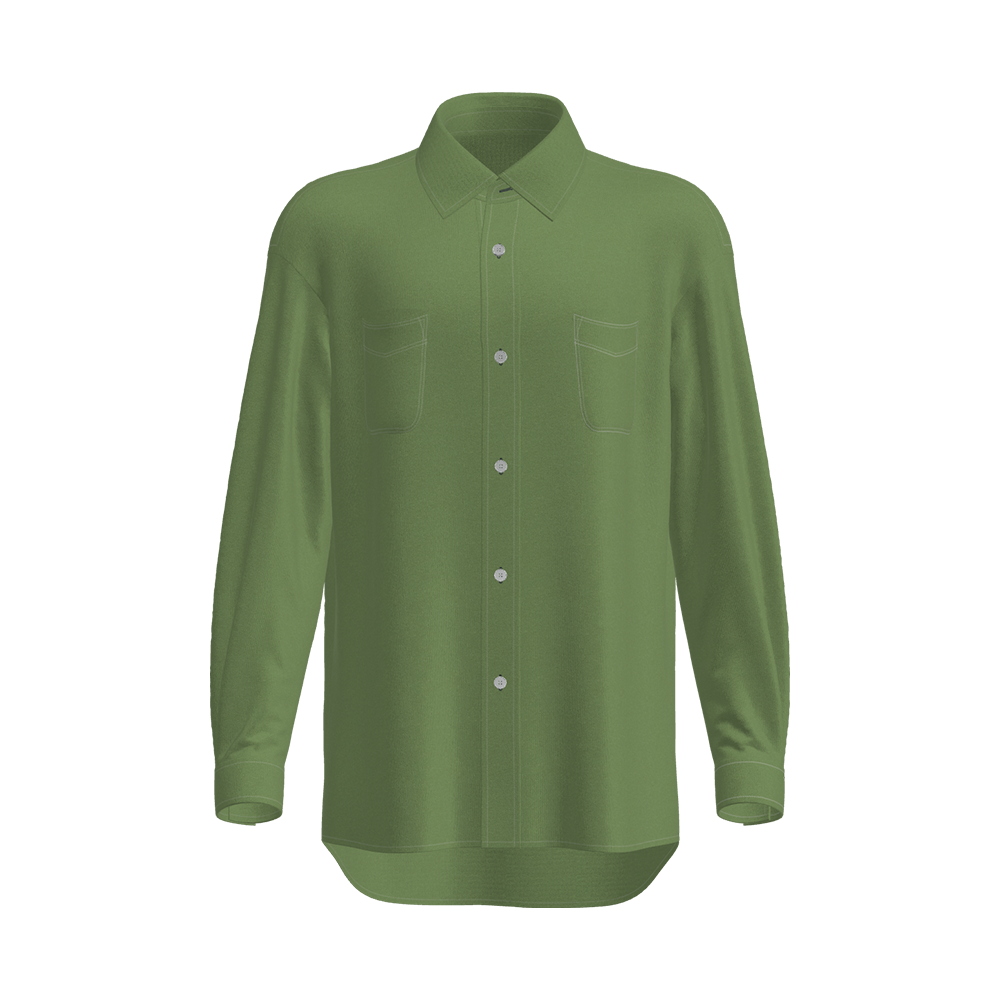
How Do Different Fiber Blends Affect the Performance and Hand-Feel of T Moisture Wicking Single Jersey Fabric?
In the competitive landscape of performance textiles, the t moisture wicking single jersey fabric has established itself as a fundamental and versatile category. Its popularity spans across activewear, athleisure, and even everyday essentials, driven by a consumer demand for comfort and functionality. At the heart of this fabric’s capabilities lies a critical variable: its fiber composition. While the single jersey knit structure provides inherent stretch, softness, and comfort, it is the specific blend of fibers that dictates its ultimate performance, durability, and sensory appeal.
Understanding the Base: Single Jersey Knit Construction
Before analyzing fiber blends, it is essential to comprehend the foundational structure that defines this fabric category. The single jersey knit is the simplest form of weft knitting, produced on a circular knitting machine. It is characterized by distinct front and back sides; the face side shows a clear vertical grain of knit loops, while the back side exhibits a series of semi-circular wakes. This construction is inherently flexible, allowing the fabric to stretch comfortably in the widthwise direction and, to a lesser extent, in the lengthwise direction. This built-in elasticity is a primary reason for its widespread use in fitted garments like t-shirts and sportswear.
When this versatile knit structure is engineered for moisture wicking, its potential is significantly amplified. The moisture wicking single jersey base becomes a platform for advanced fiber technology. The knit’s porosity and looped channels facilitate air circulation and provide a pathway for moisture transport. However, it is the fibers threaded through these channels that perform the critical task of managing perspiration. The interaction between the physical structure of the knit and the chemical properties of the fibers is what creates a high-performance t moisture wicking single jersey fabric. This synergy means that even with an identical fiber blend, a different knit structure would yield a fabric with markedly different properties. Therefore, the analysis of fiber blends is always contextualized within the comfortable, elastic, and permeable environment of the single jersey knit.
The Science of Moisture Wicking in Textiles
Moisture wicking is a functional process that is often misunderstood. It is not merely the absorption of liquid. Instead, it is a dynamic mechanism involving two key physical phenomena: capillary action and diffusion. Capillary action refers to the ability of a liquid to flow through narrow spaces or tubes without the assistance of, or even in opposition to, external forces like gravity. In textiles, the narrow spaces between fibers and within the yarns themselves act as capillaries. When a fabric is engineered to wick moisture, it is designed to create a capillary gradient that pulls sweat from the skin’s surface, spreads it over a larger area of the fabric, and facilitates its rapid evaporation.
The second component, evaporation, is the process by which liquid water transforms into vapor, removing latent heat from the body in the process and providing a cooling effect. A fabric that wicks effectively will have a high surface area and a structure that promotes quick drying, allowing evaporated moisture to escape rather than being trapped against the skin. This is where the inherent properties of the fibers become paramount. Hydrophobic fibers like polyester, which resist water, often rely on engineered cross-sections or chemical treatments to create channels for capillary flow. Hydrophilic fibers like cotton, which love water, absorb it readily but may hold onto it, leading to a damp, cold sensation. The performance of a moisture management fabric is thus a direct result of how its constituent fibers manage these competing processes of liquid transport and vapor release. Understanding this science is a prerequisite for appreciating why different fiber blends perform so differently in a t moisture wicking single jersey fabric.
Common Fiber Types in Moisture Wicking Blends
The palette of fibers used in modern t moisture wicking single jersey fabric is diverse, with each fiber bringing a unique set of properties to the final blend. The most common players are synthetic polymers and natural fibers, each with distinct advantages and limitations.
Polyester is arguably the most dominant synthetic fiber in performance textiles. It is a polymer derived from petroleum and is renowned for its exceptional strength, durability, and resilience. In its standard form, polyester is hydrophobic, meaning it repels water. However, for wicking applications, it is physically or chemically modified. This is often achieved through engineered filament cross-sections. Instead of a round shape, polyester filaments can be extruded in shapes like trilobal, octagonal, or channels. These shapes create a larger surface area and microscopic capillaries that wick moisture along the fiber’s surface. Polyester contributes high tensile and abrasion resistance, quick-drying properties, and excellent shape retention to a blend, making garments resistant to pilling and stretching out.
Nylon, another synthetic, is prized for its exceptional softness, high strength, and excellent abrasion resistance—often superior to polyester. It has a more luxurious hand-feel and excellent dyeability, resulting in vibrant colors. Like polyester, it is inherently hydrophobic but can be modified for wicking. Nylon is often used in blends to enhance durability and add a smooth, silky texture to the fabric. Its high elasticity also contributes to improved recovery, meaning the fabric can snap back to its original shape after stretching.
Cotton is the benchmark for natural comfort. A natural cellulose fiber, it is highly hydrophilic, absorbing up to 27 times its own weight in water. This high absorbency is a double-edged sword. It provides excellent comfort against the skin by effectively absorbing perspiration, but it also holds the moisture, leading to a slow-drying fabric that can feel cold, heavy, and clammy during intense physical activity. In blends, cotton is primarily included to improve the hand-feel, breathability, and air permeability of the fabric, lending a natural, soft, and non-synthetic touch that many consumers desire.
Spandex (also known as elastane) is a specialty synthetic fiber that is never used alone but is added in small percentages to provide exceptional and lasting elasticity. Typically comprising 5-10% of a blend, spandex gives the t moisture wicking single jersey fabric its crucial stretch and recovery properties. This ensures that garments fit closely to the body without bagging or losing their shape over time, a critical feature for activewear and fitted apparel. The inclusion of spandex enhances freedom of movement and provides a compressive fit, which can also aid in the wicking process by maintaining close contact with the skin.
In-Depth Analysis of Key Fiber Blends
The true art of fabric engineering lies in blending these fibers to create a material whose whole is greater than the sum of its parts. Each common blend ratio is designed to achieve a specific balance of performance, comfort, and cost.
The Performance Powerhouse: High Polyester Blends (e.g., 92% Polyester / 8% Spandex)
This blend is the undisputed champion for high-intensity activities. With a dominant percentage of polyester, the fabric excels in moisture management and quick-drying performance. The modified polyester fibers efficiently pull sweat away from the skin and spread it thinly across the fabric’s surface for rapid evaporation. The result is a garment that keeps the wearer drier and more comfortable during strenuous exercise. The minimal 8% spandex provides the necessary four-way stretch and excellent recovery, ensuring the garment moves with the body and maintains its shape wash after wash. The hand-feel of this blend is typically smooth, cool, and distinctly “synthetic.” It can feel slick and lightweight. While it may lack the initial plush softness of cotton, high-quality versions can be finished to be very smooth against the skin. This blend is exceptionally durable, resistant to pilling, abrasion, and shrinkage, making it a top choice for performance activewear and athletic jerseys. For buyers, this represents a reliable, high-performance option for core sportswear lines.
The Balanced All-Rounder: Polyester-Cotton-Spandex Blends (e.g., 85% Polyester / 10% Cotton / 5% Spandex)
This ternary blend is a masterclass in compromise, offering a balanced profile that serves a wide range of applications. It strategically combines the functional benefits of polyester with the comfort of cotton. The polyester component, still the majority, ensures effective wicking and quick-drying properties, preventing the fabric from becoming saturated. The 10-15% cotton inclusion transforms the hand-feel significantly. It imparts a softer, more natural, and less synthetic texture, both initially and during wear. This makes the fabric exceptionally comfortable for all-day wear in athleisure or fitness apparel that bridges the gap between the gym and daily life. The cotton also enhances the fabric’s breathability. The smaller percentage of spandex (often 5% in these blends) provides sufficient stretch and recovery without adding excessive cost. This blend is less specialized than the high-polyester version but offers broader appeal, making it an excellent versatile fabric for brands targeting a mainstream audience that values both comfort and moderate performance.
The Comfort-First Choice: Cotton-Rich Blends (e.g., 60% Cotton / 35% Polyester / 5% Spandex)
When the primary design goal is superior initial comfort and a natural feel, cotton-rich blends are the preferred choice. In this configuration, cotton is the dominant fiber, providing its signature soft, breathable, and highly absorbent qualities. The fabric feels familiar and comfortable against the skin from the first wear, which is a significant selling point for everyday casual wear and light athletic use like yoga. However, the performance trade-off is notable. While the polyester content (typically 30-40%) adds strength and improves wicking and drying times compared to 100% cotton, the fabric will not manage moisture as efficiently as a polyester-dominated blend. During high sweat output, the cotton component can still become waterlogged, leading to a heavier, slower-drying garment. The inclusion of spandex maintains good stretch and fit. This blend is ideal for markets where the sensory experience and natural fiber marketing are paramount, and extreme performance is not a requirement.
Table: Comparative Overview of Key Fiber Blends in t moisture wicking single jersey fabric
| Blend Ratio | Primary Strengths | Primary Weaknesses | Ideal Applications |
|---|---|---|---|
| 92% Polyester / 8% Spandex | Excellent moisture wicking, very quick-drying, high durability, good shape retention. | Can feel synthetic, less breathable than cotton blends. | High-intensity sportswear, running gear, compression wear. |
| 85% Polyester / 10% Cotton / 5% Spandex | Balanced performance & comfort, soft hand-feel, good wicking, versatile. | Not as high-performance as 92/8, not as soft as cotton-rich. | Athleisure, fitness apparel, polo shirts, everyday activewear. |
| 60% Cotton / 35% Polyester / 5% Spandex | Very soft, natural hand-feel, highly breathable, great for light activity. | Slower drying, can feel heavy and clammy when very wet. | Lifestyle wear, yoga apparel, casual t-shirts, light gym use. |
The Critical Role of Hand-Feel in Buyer and Consumer Perception
In the world of textiles, hand-feel—also known as “hand” or “handle”—is the subjective sensory perception of a fabric evaluated through touch. It is a critical factor in consumer purchasing decisions, often forming the first impression of a garment’s quality and comfort. For a t moisture wicking single jersey fabric, hand-feel is directly and profoundly influenced by the fiber blend. A high-polyester fabric will typically exhibit a smooth, cool, and slightly slick hand-feel. This is often associated by consumers with “high tech” or “performance.” In contrast, a cotton-rich blend will feel softer, warmer, and more plush, evoking a sense of natural comfort.
Beyond the base fibers, the hand-feel is further refined during the finishing processes. Techniques like brushing or sanding can be employed to raise the surface fibers, creating a fleece-like, softer, and warmer hand. This is common in fleece-backed jersey or winter-focused activewear. Conversely, singeing involves passing the fabric over a flame to burn off protruding fibers, resulting in an exceptionally smooth, clean surface that reduces pilling and enhances the sharpness of prints. Softening agents and enzymatic washes are also widely used to break down the fabric and impart a broken-in, luxurious softness from the first touch. For buyers, understanding that hand-feel is a tunable property—affected by both the core fiber blend and subsequent finishing—is essential for specifying the exact aesthetic and tactile qualities required for their target market.
Performance Metrics Beyond Wicking
While moisture management is a central function, the performance of a t moisture wicking single jersey fabric is judged on several other key metrics, all of which are influenced by the fiber blend.
Durability and Pilling Resistance are crucial for maintaining a garment’s appearance over time. Pilling occurs when loose fibers form small balls on the fabric surface due to friction. Synthetic fibers like polyester and nylon, being long filaments with high tensile strength, generally offer superior pilling resistance compared to short-staple natural fibers like cotton. A 92/8 polyester/spandex blend will be significantly more pill-resistant than a 60/35/5 cotton/polyester/spandex blend. Abrasion resistance follows a similar pattern, with nylon often providing the highest level of protection against wear and tear.
Breathability and Air Permeability refer to the ability of air to pass through the fabric, which aids in evaporative cooling and overall comfort. The single jersey knit structure is inherently breathable due to its porous nature. However, fiber type also plays a role. Cotton and other cellulose fibers are generally more breathable than solid synthetic filaments. However, advanced micro-porous or channeled synthetic fibers can be engineered to rival the breathability of natural fibers by facilitating better vapor transmission.
Drying Time is a quantifiable performance metric with a direct impact on user comfort and convenience. This is where the hydrophobicity of polyester gives it a distinct advantage. A fabric with a high polyester content will dry much faster than one with a high cotton content, as the polyester does not absorb water into its core but rather transports it on its surface for evaporation. This is a critical consideration for activities where the wearer may sweat profusely or for travel apparel that needs to be washed and dried quickly.
Color Fastness and Printability are important for aesthetic longevity. Synthetic fibers like polyester and nylon typically require disperse dyes and are known for their excellent colorfastness, resulting in vibrant, wash-resistant colors. Cotton accepts reactive dyes, which can also be very colorfast but may produce a different, often more muted, aesthetic. The choice of blend will affect the final color outcome and the selection of printing techniques, such as sublimation printing, which works exclusively on polyester-dominated fabrics.
Sourcing and Specification Guidance for Wholesalers and Buyers
For wholesalers and buyers, navigating the specifications of t moisture wicking single jersey fabric requires a methodical approach centered on the intended end-use. The first and most critical step is to define the performance requirements of the final garment. Will it be used for high-intensity training, casual athleisure, or everyday basics? The answer to this question will point directly toward the appropriate fiber blend. A high-performance activewear line demands a polyester-rich blend (e.g., 90% or above), while a lifestyle-focused collection may benefit more from the balanced feel of a poly-cotton blend or the premium comfort of a cotton-rich composition.
Once the primary blend is identified, attention must turn to the detailed fabric specifications. The GSM (Grams per Square Meter) is a key indicator of the fabric’s weight and, by extension, its opacity, drape, and seasonality. Lighter weights (e.g., 140-160 GSM) are suitable for lightweight, breathable base layers, while heavier weights (e.g., 200-220 GSM) offer more coverage, structure, and durability for everyday t-shirts or training tops. The construction of the yarn itself also matters. Ring-spun cotton or polyester yarns, where the fibers are twisted and thinned in a multi-step process, create a stronger, finer, and softer yarn with a slightly textured hand-feel compared to the more basic open-end or carded yarns. Specifying ring-spun yarns is a common way to elevate the quality and perceived value of the final fabric.
Finally, engaging in a dialogue with manufacturers about finishing treatments is essential. Clearly communicate the desired hand-feel—whether it should be slick, natural, or brushed—and inquire about the available finishing options to achieve it. Furthermore, it is prudent to request and review lab test reports for critical performance metrics. These reports can provide objective data on wicking rate, drying time, colorfastness to washing and light, pilling resistance, and dimensional stability (shrinkage). By combining a clear understanding of end-use with careful attention to blend ratios, GSM, yarn quality, and finishing, buyers can confidently source a t moisture wicking single jersey fabric that meets precise technical and market-driven criteria.
LATEST POST
Let’s create something amazing together
contact usDon't hesitate to contact when you need us!



 English
English 한국어
한국어 中文简体
中文简体

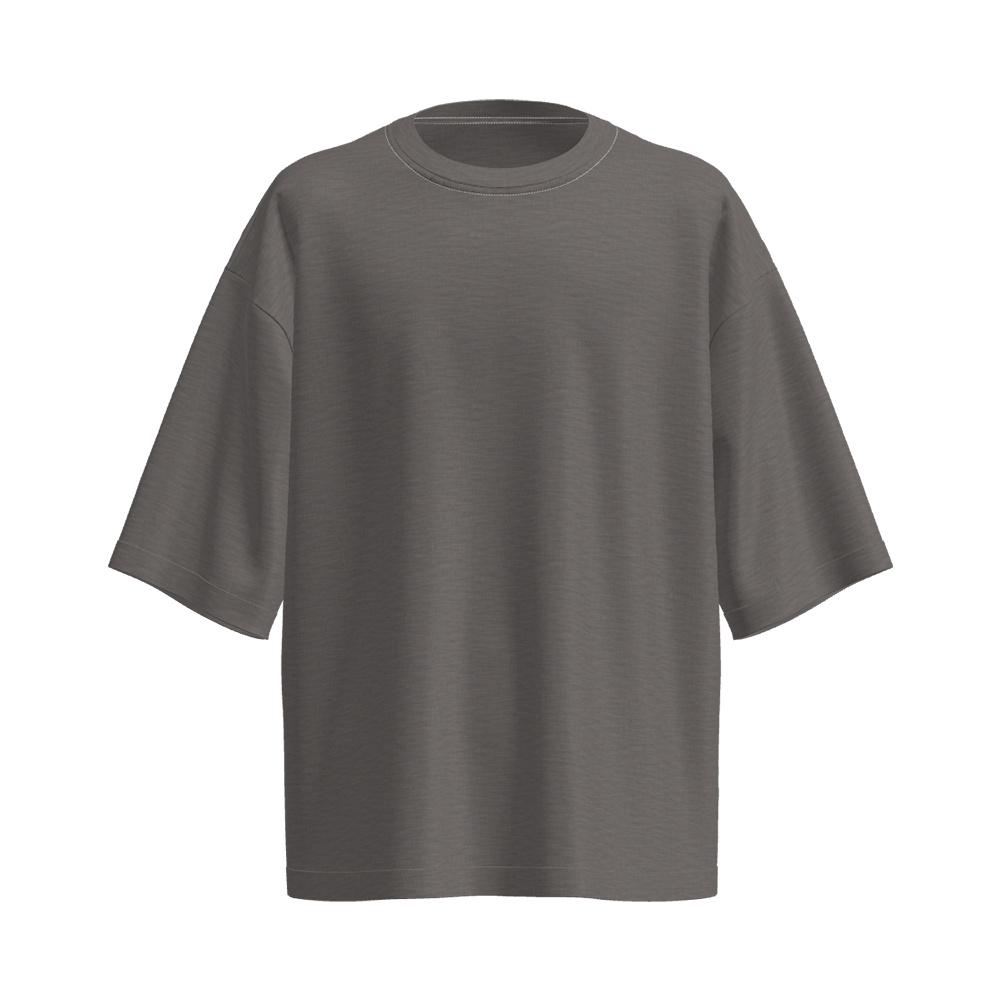
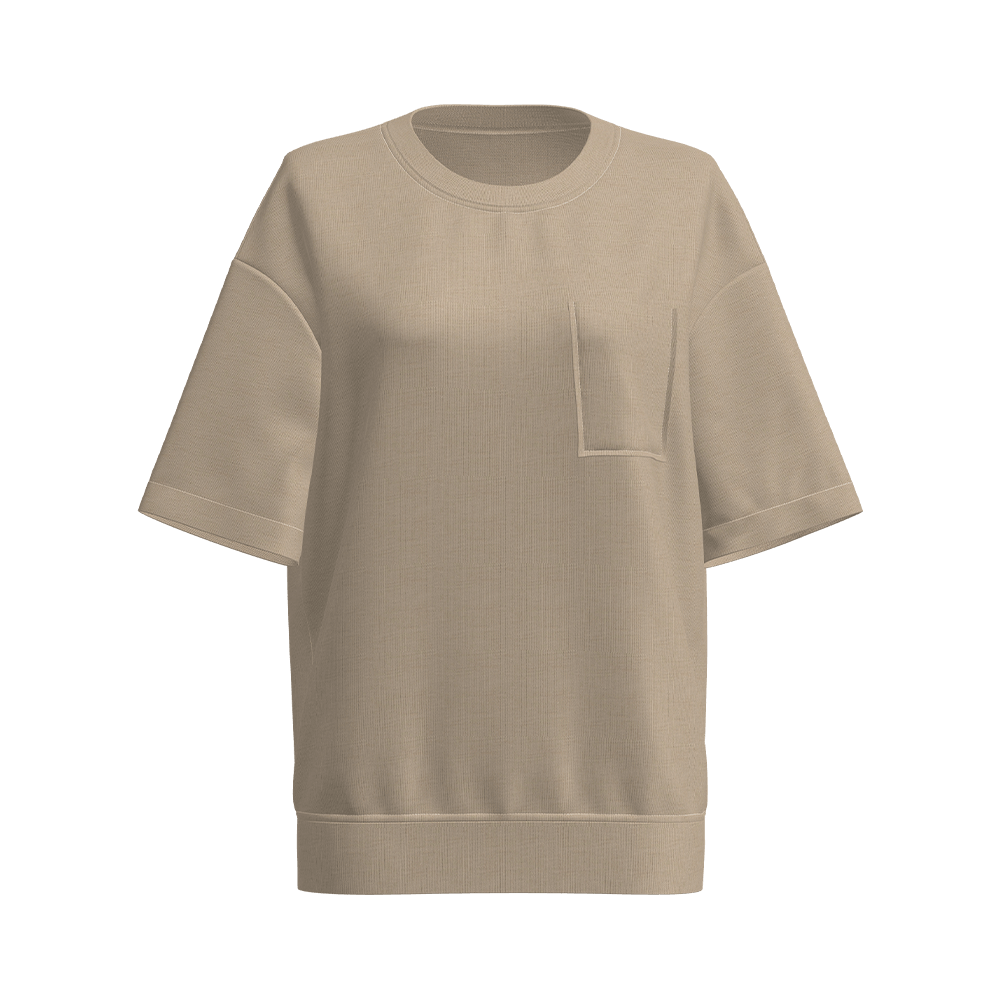

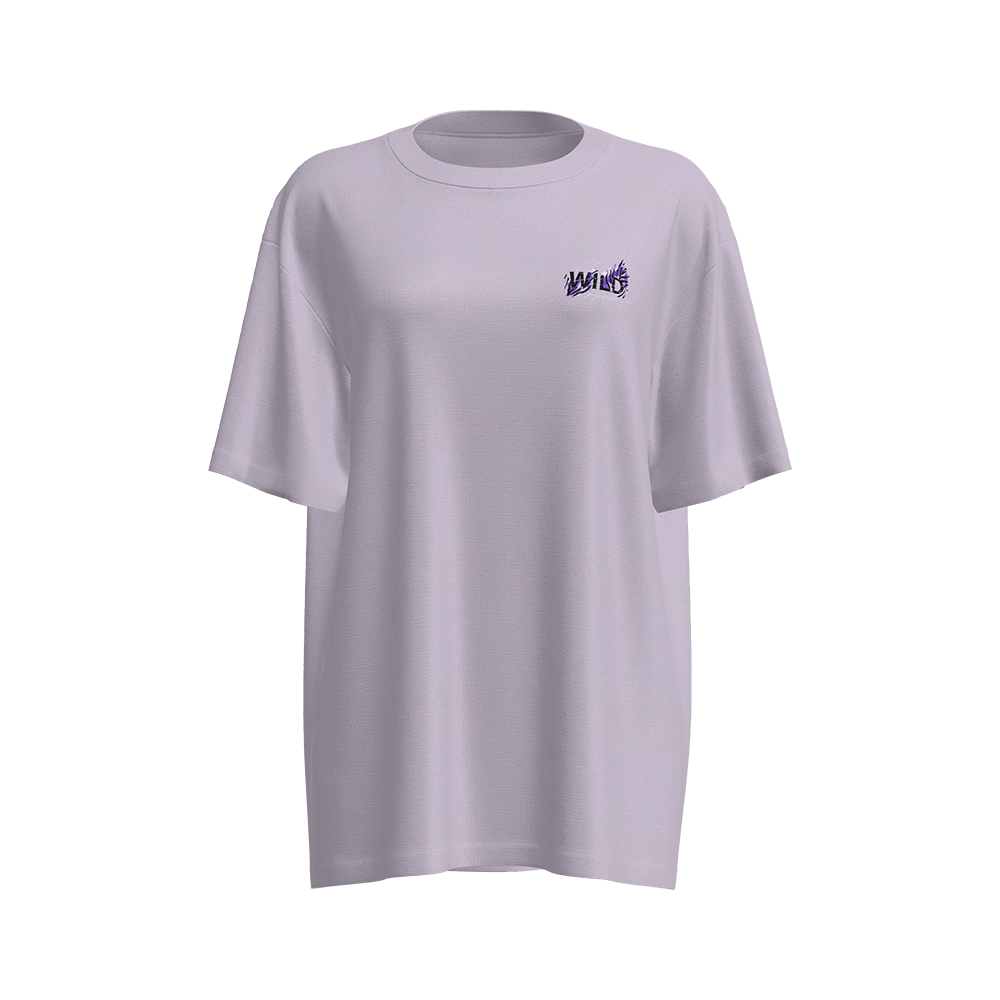
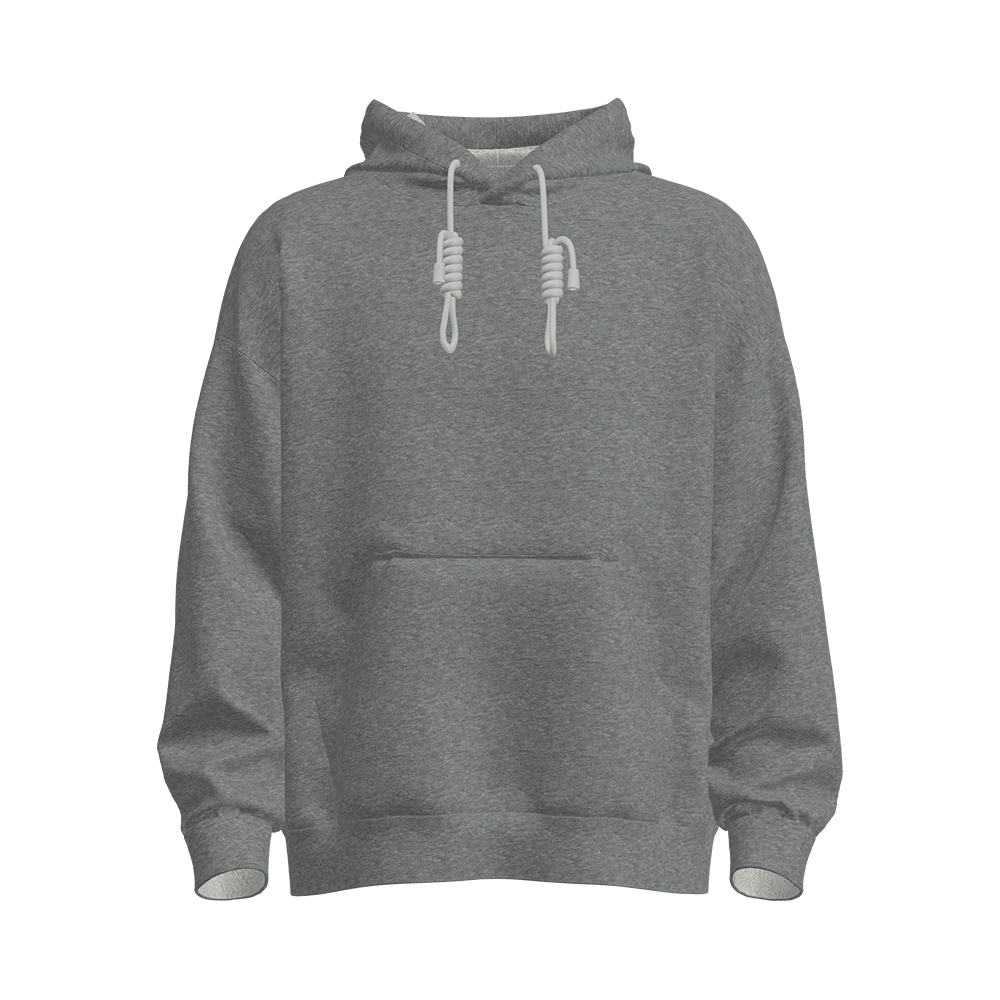
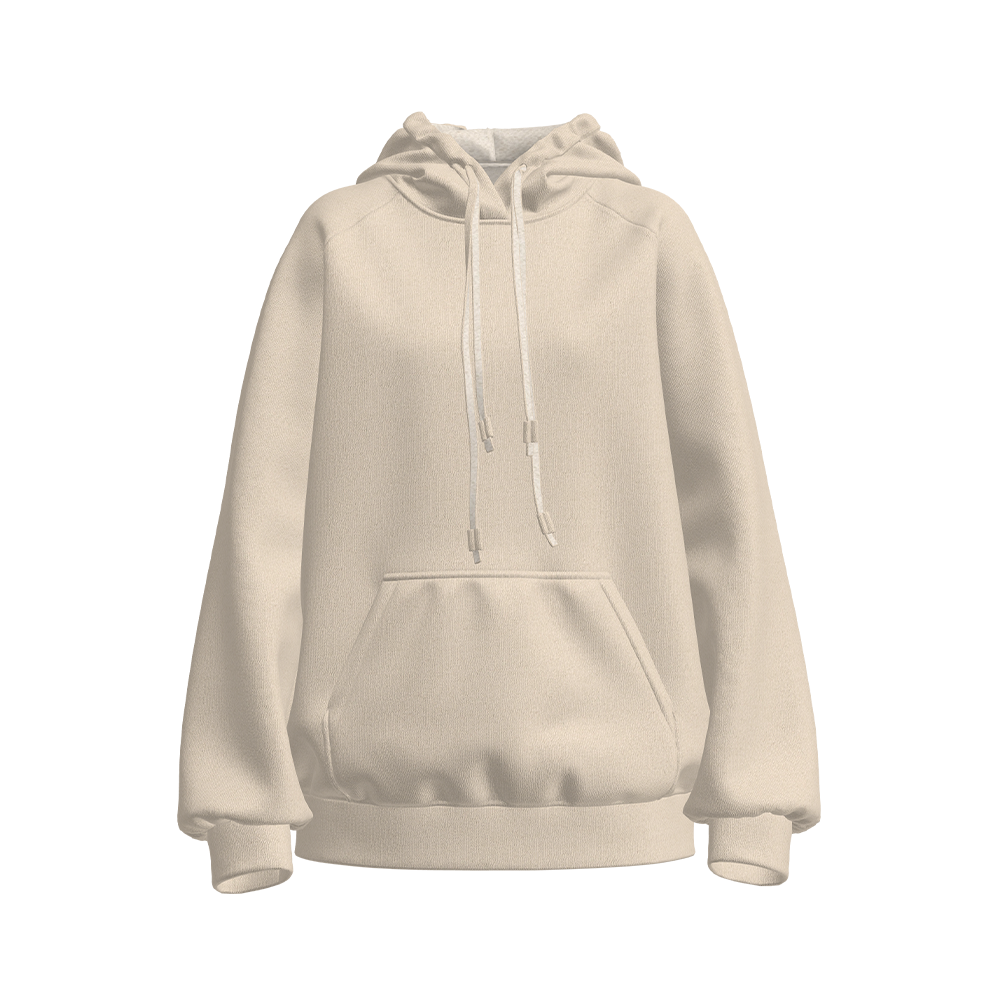


 +86-512-52528088
+86-512-52528088 +86-512-14546515
+86-512-14546515

